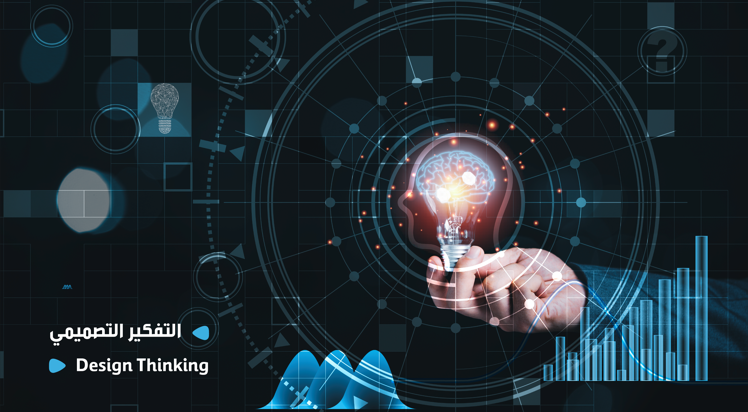- Design Thinking. It is crucial for improving quality, expediting decision-making, and giving those decisions more depth.
- Empirical models are essential for testing, developing, and improving ideas prior to their implementation.
- A crucial human-cantered technique called "design thinking", this method raises tech products by enhancing their usability, worth, and efficiency.
Design thinking is a methodology that focuses on understanding user needs. This approach ensures continuous product enhancement, striving for excellence in both quality and efficiency. Through collective brainstorming, smart and innovative solutions emerge. Before these solutions are implemented, empirical models are crucial for testing, developing, and refining ideas.
Design thinking is a powerful process that aids in the creation of state-of-the-art tech products. It ensures sustainability in meeting user demands and enhances the services provided, upholding the industry's standards of quality and efficiency. The importance of strategies that foster the development of innovative tech solutions cannot be overstated.
Currently, our focus is on Design Thinking. It's essential for enhancing quality, streamlining decision-making, and adding depth to those decisions. Contrary to popular belief, design thinking isn't exclusive to large corporations. Given its nature as a mindset and a creative process, it's accessible to all, including small businesses and individuals, much like most entrepreneurs. This user-centric approach to problem-solving is pivotal in shaping businesses, products, and services. Let's delve deeper into the stages of design thinking, as proposed by Stanford University:
- Empathy: The first step in design thinking is understanding the user. This involves studying and empathizing with them to grasp their behaviors, backgrounds, emotions, thought patterns, and needs. The aim is to view the company's offerings from the user's perspective, analyzing problems from a human-centric viewpoint. This stage is data-intensive, setting the stage for subsequent phases.
- Definition: Here, we identify the core problems and challenges. Using the data gathered, we aim to articulate a clear, human-centric problem statement.
- Ideation: Armed with insights, we're now poised to innovate. This phase involves brainstorming a plethora of solutions. Various techniques, from classic brainstorming to more unconventional methods, are employed to generate a wide array of ideas. By the end of this phase, the most promising solution is chosen.
- Prototyping: A prototype is crafted to represent the chosen solution. This allows for initial testing in a cost-effective manner, refining the solution based on feedback before moving to the final product launch phase.
- Testing: The focus now shifts to evaluating our prototypes. The solution transitions from planning to real-world implementation. Testing with a target audience ensures quality, gauges feasibility, and fine-tunes the solution for optimal results.
In essence, design thinking encompasses five core stages: understanding user needs, ideating based on data, prototyping to test solution efficacy, ensuring organizational alignment with user expectations, and evolving product specifications to match user requirements.
The Kingdom has witnessed significant advancements in the tech sector, developing smart solutions tailored to user lifestyles. This ensures corporate excellence through the perpetual refinement of products and services. Design thinking is a pivotal human-centric process that elevates tech products, making them more user-friendly, valuable, and effective.
At THIQAH, we prioritize quality in our products and services by delivering consumer needs through creative thinking and innovative approaches.





